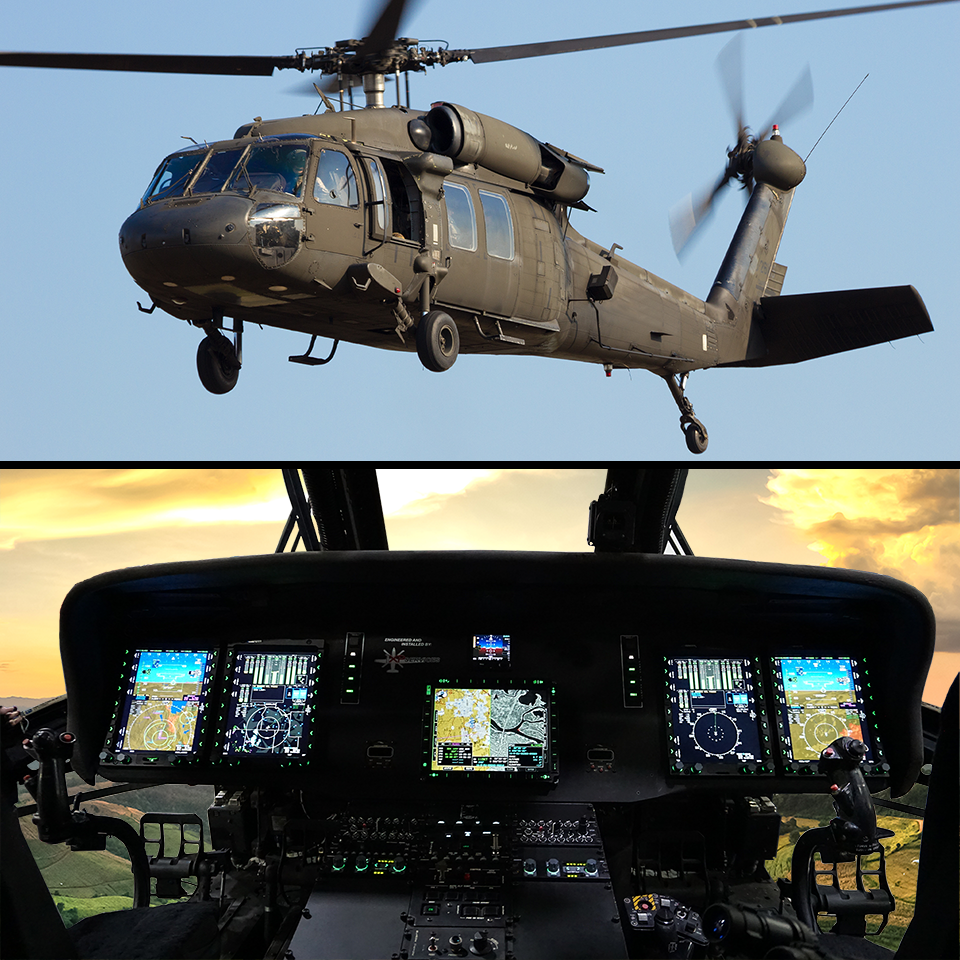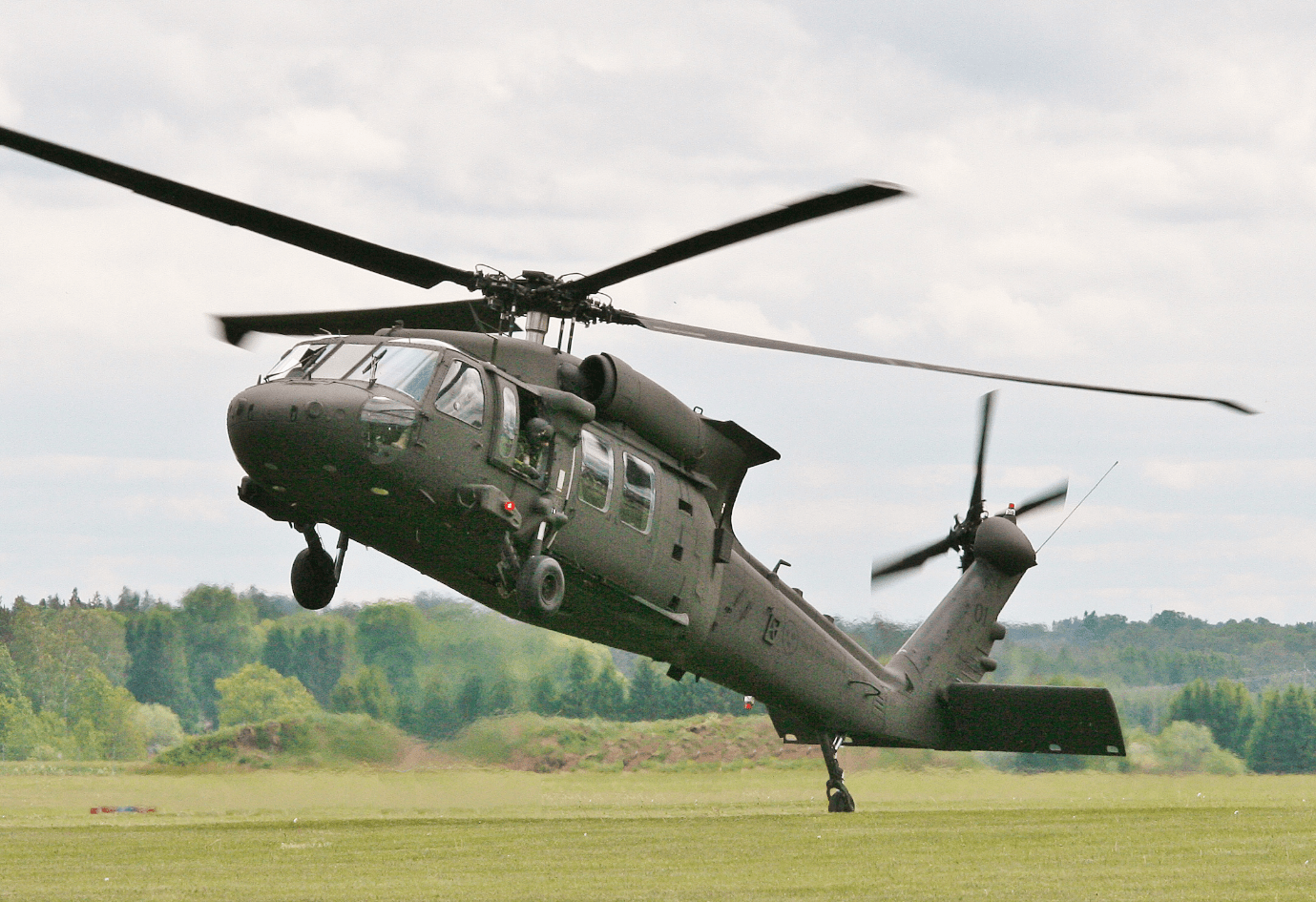Discovering the History and Evolution of the UH 60 Helicopter

Beginnings of the UH-60
The origins of the UH-60 helicopter can be traced back to the late 1960s, a duration noted by the requirement for a flexible energy aircraft that might adapt to the developing demands of modern warfare. The united state Army recognized the requirement for a replacement for the older UH-1 Iroquois, which was coming to be progressively poor for the complexities of contemporary fight circumstances. In 1967, the Army initiated the Utility Tactical Transportation Aircraft System (UTTAS) program, which looked for to create a multi-role helicopter capable of different goals, including troop transportation, medical emptying, and logistical support.
The style competitors drew in several aerospace makers, however it was Sikorsky Aircraft Company that inevitably secured the contract in 1972. The UH-60 Black Hawk was presented, showcasing ingenious design elements and progressed innovation that established it aside from its predecessors. Its maiden trip happened in 1974, and the airplane was formally adopted by the Army in 1979. The UH-60 rapidly obtained acknowledgment for its durable performance, dependability, and flexibility, leading the way for its comprehensive use in military procedures and solidifying its status as a foundation of U.S. Army aviation.
Key Layout Features
Innovative design features of the UH-60 Black Hawk significantly add to its operational effectiveness. One of one of the most remarkable elements is its twin-engine configuration, which enhances reliability and gives a higher power-to-weight ratio, allowing the helicopter to perform under various conditions. The aircraft's four-blade primary blades system supplies improved lift and maneuverability, important for tactical goals.

In addition, the cabin is made for ideal presence and ergonomics, including sophisticated avionics that enhance pilot procedures. The modular design of the UH-60 allows for simple maintenance and flexibility, making it ideal for different mission profiles, from army transport to medevac operations. These crucial style attributes ensure that the UH-60 Black Hawk continues to be a trusted and versatile possession in army aeronautics, with the ability of fulfilling the needs of modern-day war.
Technical Improvements
Current technical advancements in the UH-60 Black Hawk have dramatically improved its functional abilities and flexibility. The assimilation of advanced avionics, such as electronic trip control systems and boosted situational recognition screens, allows pilots to operate with enhanced precision and efficiency. These systems facilitate enhanced navigating, interaction, and data sharing, allowing the helicopter to work effectively in diverse atmospheres.
Furthermore, the intro of composite products has actually decreased the general weight of the aircraft while keeping structural honesty. This reduction improves fuel effectiveness and prolongs functional variety. The consolidation of advanced rotor modern technology, including the usage of four-blade, fully expressed blades systems, has boosted lift view it now efficiency and ability to move, permitting far better handling in different flight problems.

Moreover, advancements in propulsion systems, such as the T700-GE-701D engines, have increased power outcome and reliability - uh 60. These engines add to exceptional performance in high-altitude and hot-weather problems
Last but not least, the integration of self-defense systems and improved sensor packages improves the Black Hawk's survivability and objective performance. Collectively, these technical renovations make certain that the UH-60 Black Hawk continues to be a vital possession in modern-day aeronautics, with the ability of adjusting to the advancing demands of armed forces and humanitarian objectives.
Function in Armed Force Procedures
As the backbone of U.S. Military air travel, the UH-60 helicopter plays an essential duty in different armed forces operations, functioning as a functional platform for fight assistance, transport, and medevac missions - uh 60. Its design includes the ability to run in varied atmospheres, making it important for army motion and logistical assistance in both unconventional and traditional war

In clinical discharge scenarios, the UH-60 has confirmed invaluable, dramatically minimizing the time to transfer wounded soldiers from the battlefield to clinical centers. Its innovative avionics and night vision capacities further make certain mission success under challenging conditions. Overall, the UH-60 helicopter stays an essential asset, continuously adapting to satisfy the evolving demands of armed forces operations and improving the effectiveness of U.S. forces worldwide.
Future of the UH-60
Looking in advance, the future of the UH-60 helicopter entails substantial improvements in innovation and abilities created to improve its operational efficiency. As military operations develop, the UH-60 is expected to incorporate sophisticated technologies, including boosted avionics, boosted tools systems, and progressed interaction tools. These enhancements will certainly permit better situational understanding and mission flexibility, ensuring that the UH-60 continues to be a vital Full Article asset on the battlefield.
One noteworthy advancement is the assimilation of fly-by-wire systems, which will certainly improve trip control precision and minimize pilot workload. Initiatives to update the airframe and engines intend to boost variety, haul, and rate capability, consequently increasing the helicopter's functional range.
The future likewise holds promise for boosted interoperability with unmanned aerial systems (UAS), enabling collaborated goals that leverage both manned and unmanned capacities. Furthermore, the unification of man-made intelligence and artificial intelligence might maximize trip characteristics and upkeep processes, resulting in reduced functional prices.
Conclusion
The UH-60 Black Hawk helicopter represents a substantial success in army aviation, evolving from the united state Army's initial needs for a versatile utility aircraft. Its cutting-edge design features and continuous technological developments have actually guaranteed its significance in various army procedures over the decades. As the demands of modern-day warfare adjustment, the future of the UH-60 will likely entail further improvements and adaptations, reinforcing its condition as a crucial asset for militaries worldwide.
The UH-60 Black Hawk helicopter stands for a considerable landmark in army air travel, emerging from the U.S. Military's quest for a more functional and trusted energy aircraft in the late 20th century.The beginnings of the UH-60 helicopter can be mapped back to the late 1960s, a duration marked by the demand for a flexible energy airplane that can adapt to the progressing needs of anonymous contemporary warfare. On the whole, the UH-60 helicopter continues to be an important property, continually adjusting to satisfy the advancing needs of military procedures and enhancing the effectiveness of U.S. forces worldwide.
Looking in advance, the future of the UH-60 helicopter includes substantial improvements in modern technology and abilities developed to boost its operational effectiveness.The UH-60 Black Hawk helicopter stands for a significant accomplishment in armed forces air travel, advancing from the U.S. Military's first requirements for a flexible utility aircraft.